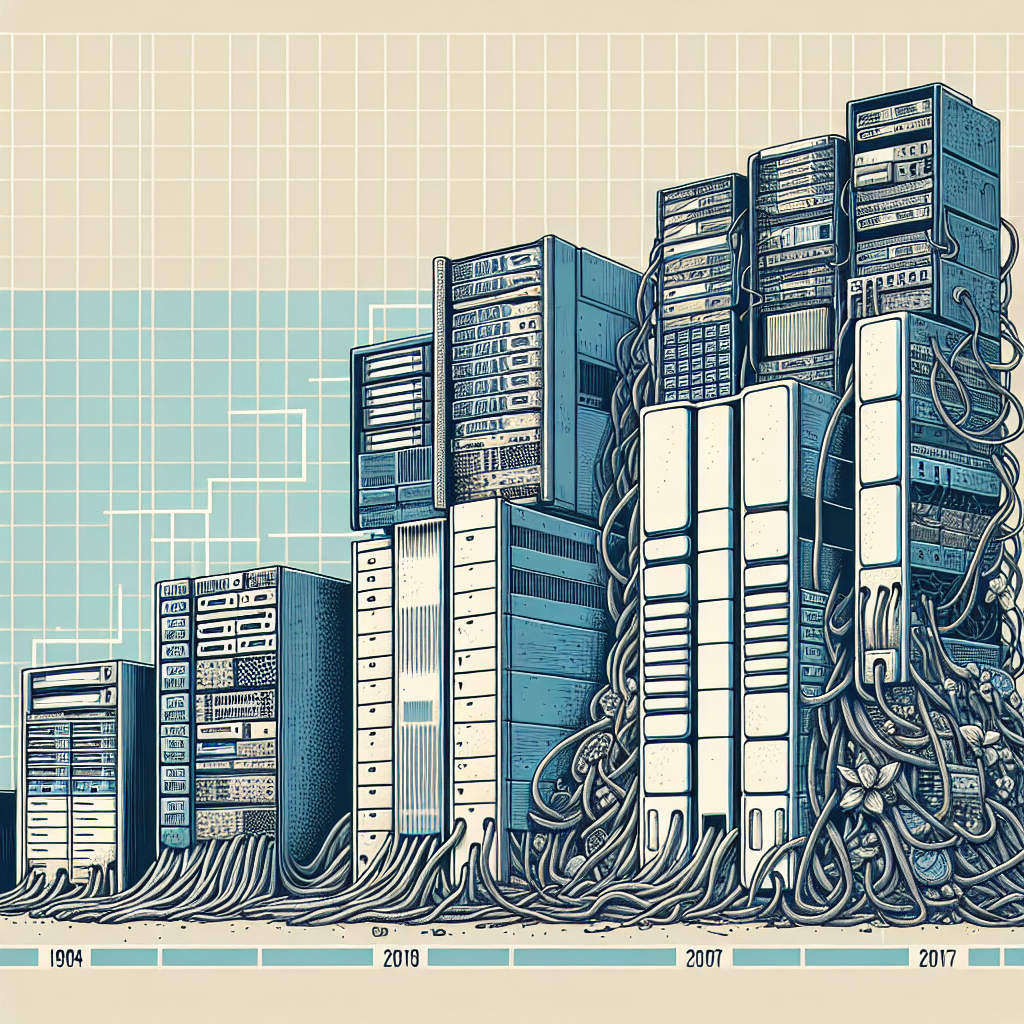Data centers are the backbone of modern businesses, serving as the hub for storing, processing, and managing vast amounts of data. With the increasing reliance on digital information, the need for robust disaster recovery technologies has become more crucial than ever. In the past, data center disaster recovery primarily relied on traditional backup methods, such as tape backups and offsite storage. However, as technology continues to evolve, so do the strategies and tools used to ensure data center resiliency in the face of disasters.
The evolution of data center disaster recovery technologies can be seen in the shift towards more advanced and automated solutions. One of the key advancements in this area is the emergence of cloud-based disaster recovery solutions. Cloud-based disaster recovery offers businesses the flexibility and scalability to quickly recover their data and systems in the event of a disaster. By leveraging the cloud, businesses can replicate their data and applications in real-time to a secure offsite location, ensuring minimal downtime and data loss.
Another important development in data center disaster recovery technologies is the use of virtualization. Virtualization allows businesses to create virtual copies of their servers, applications, and data, making it easier to recover and restore systems in the event of a disaster. Virtualization also enables businesses to test their disaster recovery plans in a controlled environment, ensuring that they are prepared for any unexpected events.
In addition to cloud-based solutions and virtualization, data center disaster recovery technologies have also evolved to incorporate artificial intelligence (AI) and machine learning. These technologies can help businesses detect and respond to potential disasters in real-time, enabling them to take proactive measures to mitigate the impact of an incident. AI and machine learning can also help businesses automate the recovery process, reducing the need for manual intervention and speeding up the restoration of critical systems and data.
Overall, the evolution of data center disaster recovery technologies has transformed the way businesses approach disaster preparedness. With the emergence of cloud-based solutions, virtualization, and AI-powered tools, businesses now have more options than ever to ensure the resiliency of their data center operations. By investing in these advanced technologies, businesses can minimize downtime, protect their critical data, and maintain continuity in the face of disasters.


Leave a Reply